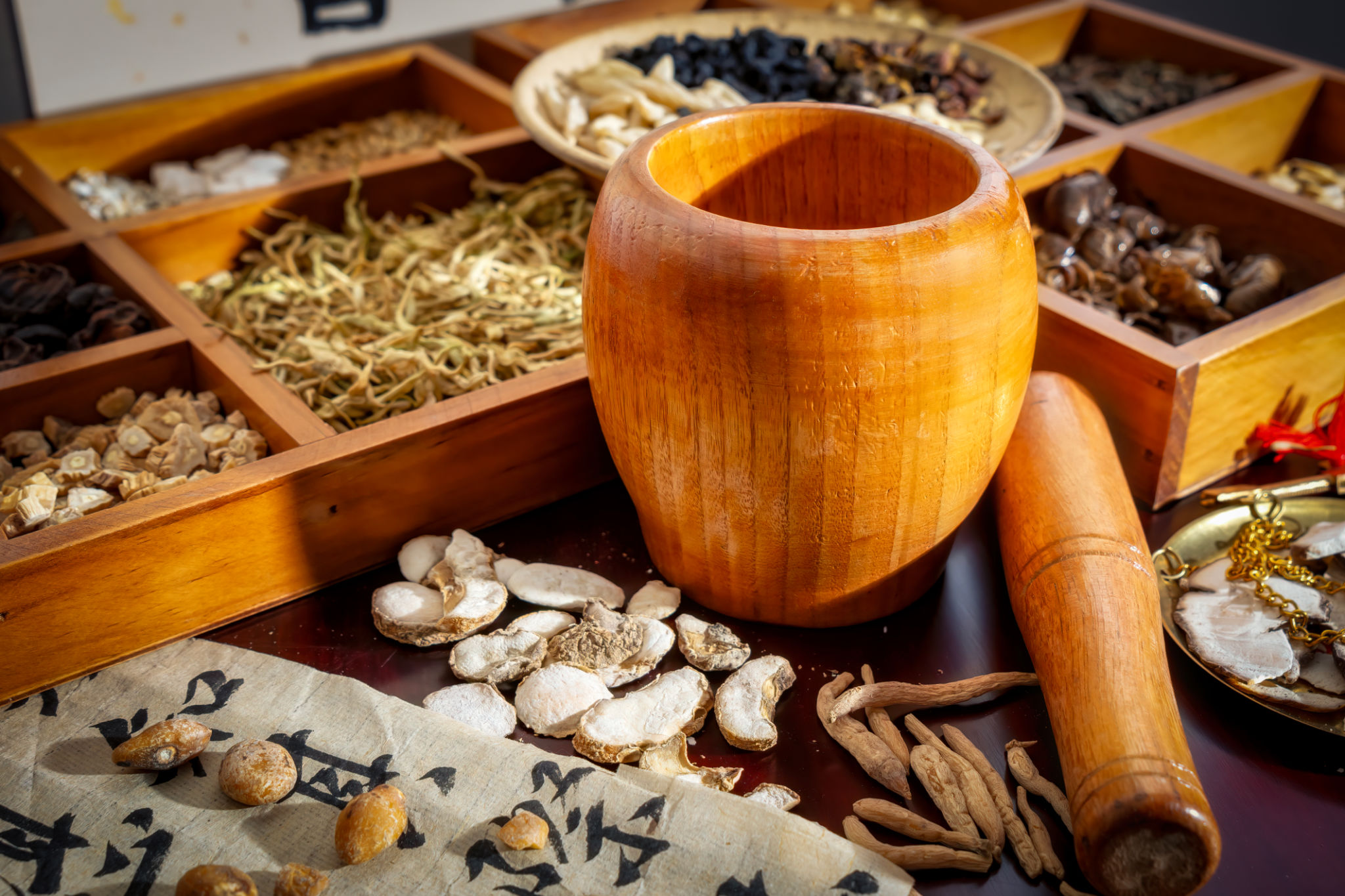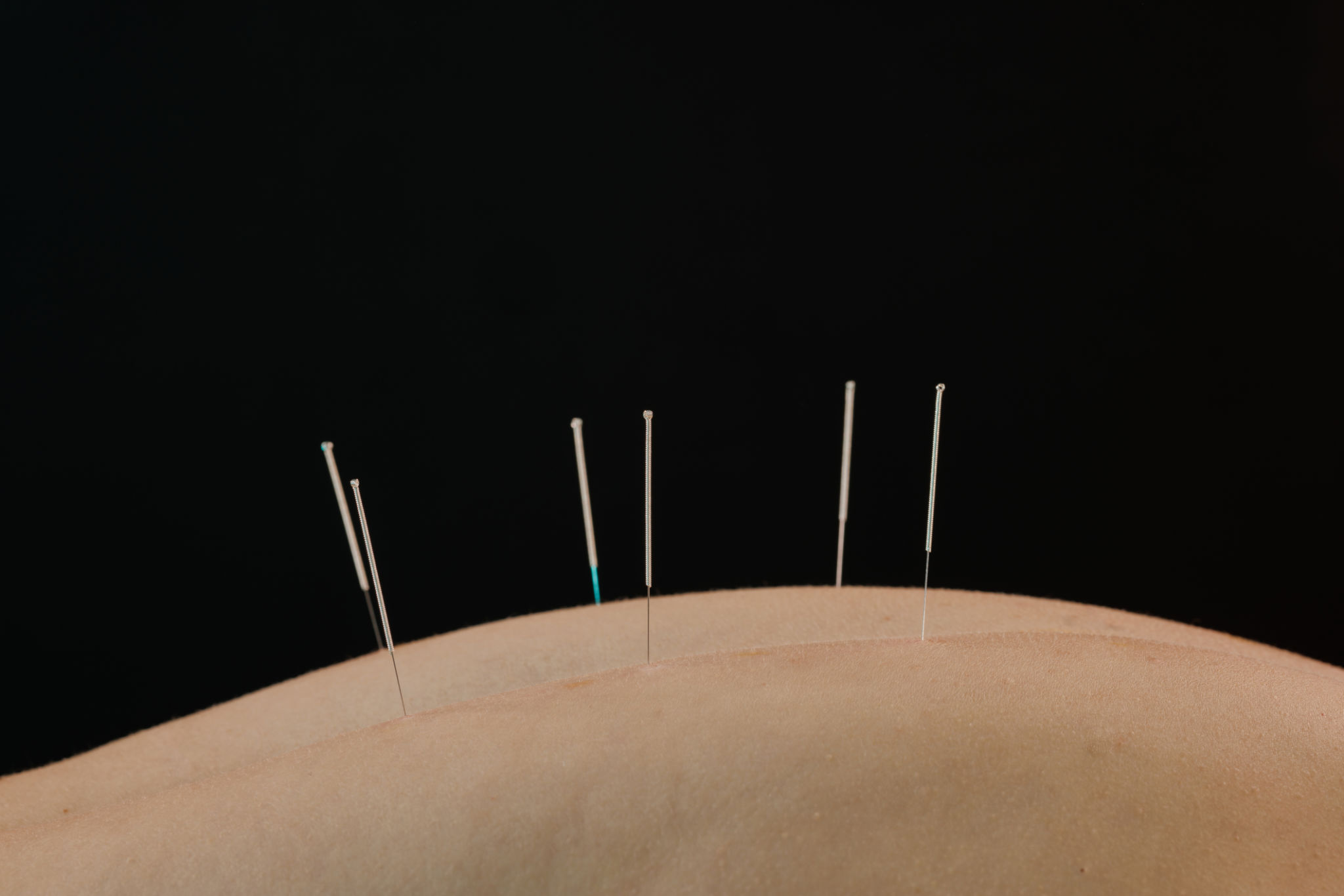Unlocking the Potential of Chinese Medicine for Chronic Pain Management
Understanding the Basics of Chinese Medicine
For centuries, Chinese medicine has played a vital role in healthcare, promoting balance and harmony within the body. This ancient practice encompasses a variety of treatments, including acupuncture, herbal medicine, and mind-body practices like Tai Chi and Qigong. These methods aim to restore the flow of energy, or "Qi," through the body's meridians, which is believed to alleviate various ailments, including chronic pain.
Chronic pain affects millions of people worldwide, often leading to a diminished quality of life. Conventional treatments can sometimes fall short, leaving patients searching for alternative solutions. This is where Chinese medicine comes into play, offering a holistic approach that addresses not just the symptoms but the root causes of pain.

The Role of Acupuncture in Pain Relief
Acupuncture is perhaps the most well-known aspect of Chinese medicine in the West. It involves inserting fine needles into specific points on the body to stimulate energy flow and promote healing. This practice has been extensively studied and is recognized by many modern health institutions for its efficacy in pain management.
Research suggests that acupuncture can help reduce inflammation, increase circulation, and release endorphins, the body's natural painkillers. Many patients report significant pain relief after just a few sessions, making acupuncture a valuable tool in managing chronic conditions like arthritis, migraines, and back pain.

Herbal Remedies: Nature's Pharmacy
Another cornerstone of Chinese medicine is the use of herbal remedies. These are carefully formulated blends of plants and minerals designed to support the body's natural healing processes. Each formula is tailored to an individual's specific needs, taking into account their symptoms and overall health.
Common herbs used for pain relief include ginger, turmeric, and ginseng. These natural ingredients have anti-inflammatory properties and can help reduce pain and swelling. Incorporating herbal remedies into a treatment plan can offer a gentle yet effective way to manage chronic pain without the side effects associated with pharmaceuticals.
Incorporating Mind-Body Practices
Chinese medicine also places a strong emphasis on the connection between the mind and body. Practices like Tai Chi and Qigong combine movement, meditation, and breathing exercises to promote relaxation and improve physical health. These activities can enhance flexibility, reduce stress, and improve overall well-being.

For individuals suffering from chronic pain, mind-body practices can be particularly beneficial. They provide a sense of empowerment and control over one's health while helping to alleviate tension and discomfort. Regular practice can lead to long-term improvements in both physical and mental health.
The Integration of Chinese Medicine with Modern Treatments
While Chinese medicine offers many benefits, it is often most effective when used in conjunction with modern medical treatments. By combining traditional techniques with contemporary approaches, patients can enjoy a comprehensive pain management strategy that addresses multiple facets of their condition.
Healthcare providers are increasingly recognizing the value of integrative medicine, encouraging patients to explore all available options for managing chronic pain. This holistic approach not only improves outcomes but also enhances patient satisfaction by offering more personalized care.

Conclusion: Embracing a Holistic Approach
Unlocking the potential of Chinese medicine for chronic pain management involves embracing a holistic approach that considers the whole person—body, mind, and spirit. By incorporating acupuncture, herbal remedies, and mind-body practices into their treatment plans, patients can experience significant relief from chronic pain.
As awareness grows about the benefits of traditional Chinese medicine, more people are discovering its potential to improve their quality of life. Whether used alone or alongside modern treatments, Chinese medicine offers a promising path toward a healthier, pain-free future.
